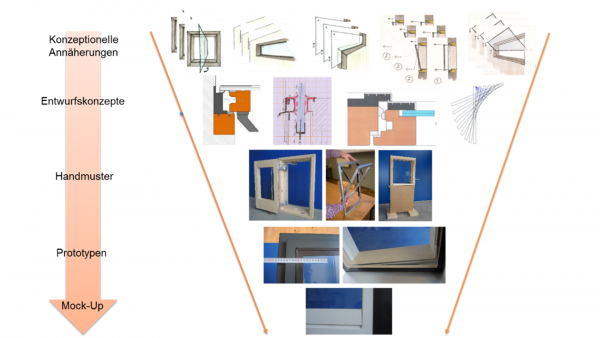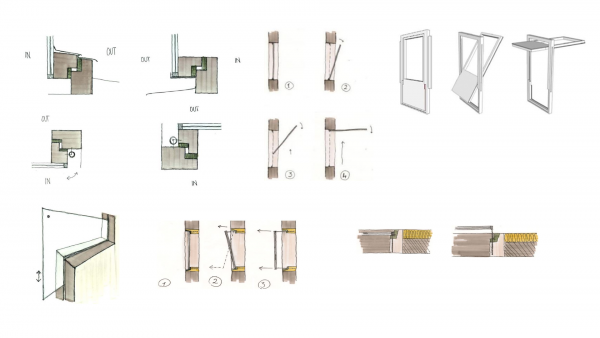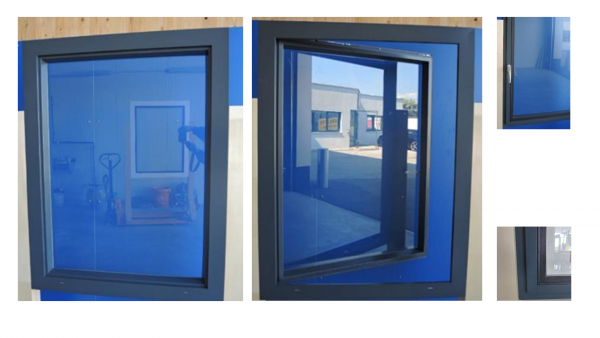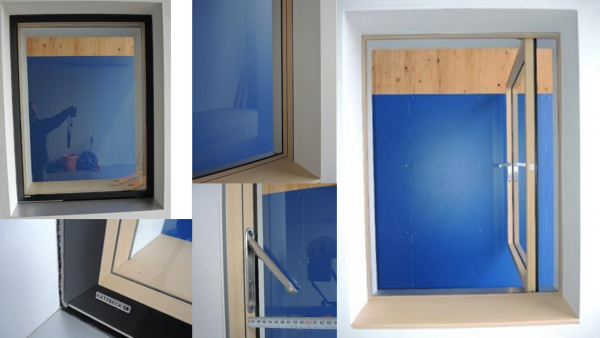MOTIVE – Modeling, Optimizing, and technical integration of Vacuum-Glazing-Elements
Short Description
Starting point / motivation
The worldwide efforts to increase energy efficiency in buildings result in a set of new developments and products for the building envelope. Although not producing glass itself, Austria is considered to be one of the world leaders in technology application in transparent envelopes. To continue this success story, the application of new developments, such as vacuum glass, therefore need to be thoroughly researched.
Contents and goals
The project MOTIVE (Modeling, Optimization and Technical Integration of Vacuum-glass Elements) dealt with the application of new, highly efficient glass products in windows and glazed elements of new buildings. The potential of vacuum glazing for integration in building retrofit and renovation activities has been explored in a previous research project (VIG-SYS-RENO).
The present research proposal however, is primarily concerned with technological developments in the incorporation of vacuum glass in new building products such as windows, glass doors, etc. In terms of engineering, building physical behavior as well as statics, Vacuum glazing deviates from conventional (energy efficient) glazing products (construction thickness, edge bond, bonding, spacer, durability).
As such, the adoption of this technology required an investigation of the detail design and execution of windows and doors in relation to other building elements (walls and floor slabs) in the current common practice.
Methods
In the course of the proposed research project, the requirements of these technical details were determined and documented. Subsequently, typical constructions of highly efficient, state of the art glazed elements were evaluated for their potential for integration of vacuum glass.
Accordingly, alternative details for vacuum glass integration in wood and wood/aluminum frames were developed and subjected to evaluation and optimization with the support of the state of the art technologies and project management methods (normative assessments, Opinion leadership of relevant stakeholders, thermal bridge simulation, etc.).
The most promising outcomes of these efforts werw to be realized in a practical prototype construction. This mock-up then underwent laboratory tests and simulation-supported evaluations and analyses. These include thermal and structural experiments, as well as two and three-dimensional numeric simulation of thermal bridges, aimed to study the behavior of the construction in typical and realistic scenarios.
Expected results
Based on the observations and results of this study, further research and development activities in the area of „innovative windows with vacuum glazing" were proposed, and guidelines for the construction of windows and glazed elements with vacuum glazing were established.
The suggested research relied on and promotes comprehensive practice/practical- and stakeholder communication, in order to identify potentials for future industrial production and commercial launch of windows and glazed elements, optimized for vacuum glass technologies.
Project Images
Terms of use: The pictures listed underneath the header “Project Pictures” originate from the projects in the frame of the programmes City of Tomorrow, Building of Tomorrow and the IEA Research Cooperation. They may be used credited for non-commercial purposes under the Creative Commons License Attribution-NonCommercial (CC BY-NC).
Project Partners
Project management
Univ.Prof. DI Dr. A. Mahdavi, Univ.Ass. DI. Dr. Ulrich Pont, Department of Building Physics and Building Ecology, TU Wien
Project or cooperation partners
Holzforschung Austria - Austrian Forest Products Research Society
Contact Address
Technical University of Vienna
Department of Building Physics and Building Ecology
Univ.Ass. DI. Dr. U. Pont
Karlsplatz 13/4
A-1040 Vienna
E-mail: ulrich.pont@tuwien.ac.at
Web: www.bpi.tuwien.ac.at





